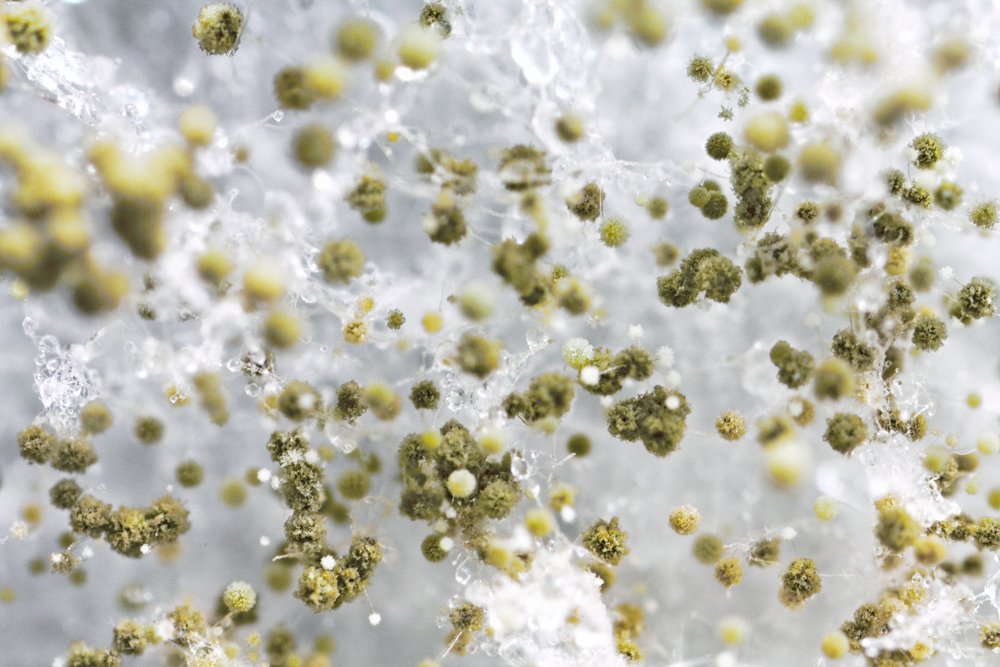Mold Inspection - How Do You Test For Mold in a House?
Mold inspectors know how to look in places that homeowners might not. They will look behind walls, inside plumbing fixtures and into ceiling tubes.
Spores can only grow on surfaces that provide them with the food they need. When the spores get into the air and you breathe them in, that can cause health problems.
Visual Inspection
Molds and their spores are normal inhabitants of indoor environments. However, they are dangerous if they grow out of control in damp conditions and contaminate surfaces and the air around them. Mold spores are also dangerous to individuals with respiratory sensitivities, including those who already suffer from allergies (runny nose, itchy eyes).
Professional mold inspectors look for signs of current and past mold growth during visual inspections. They also check for moisture problems. Mold spores thrive in damp areas, so these professionals often inspect attics, basements and crawlspaces.
A homeowner may want a professional mold inspection when the home is on the market and they are concerned about potential mold issues that might affect their ability to close the sale. Occupants may also want to schedule an inspection if they notice unusual musty or outdoorsy smells in rooms like bathrooms, basements and closets. Detecting mold in these areas may help to avoid costly repairs later on.
Air Sampling
A professional mold inspector will test for the presence of mold spores in the air using a device that looks like a small fan. The spores blow through the device, sticking to its sticky surface. The inspector then sends the spores to a lab for analysis. The results tell the inspector what kinds of mold spores are present in the area tested.
Mold growth can damage furniture, building materials and other possessions. It also can cause health problems for occupants. Prolonged exposure to certain toxic molds can even be deadly.
A good mold inspection should look for both current and past mold problems, as well as underlying conditions that could lead to future infestations. A professional should be able to find areas where mold is most likely growing in places that are not easily accessible, such as behind walls and under plumbing fixtures. In addition, a good inspector will check for damp or musty odors in every room.
Tape-Lift Sampling
Professional mold inspectors use a process known as tape sampling to detect and identify the types of molds on a surface. This involves pressing a clear cellophane tape onto an area where there is visible mold growth, then pulling it up and affixing it to a microscope slide for laboratory testing.
This method allows professional mold inspectors to determine the type of mold on a surface, including the genus and species. However, the results can be misleading if the sample is taken from surface dust rather than a growing mold area.
This is because small, airborne genera like Aspergillus and Penicillium may not settle easily onto flat surfaces such as walls and ceilings. Tape samples can also be limited in their ability to provide identification beyond genus if the tape is pressed into a mature colony rather than the more spore-packed edges of the colony. When used in conjunction with a thorough visual inspection, this is still the best method available for detection and identification of mold.
Sample Collection
While visual mold growth is among the top reasons to hire a professional inspector, there are other, less-obvious indications of a problem. Musty smells, unusual spots and stains on building materials and furnishings may signal mold growth in hidden areas.
Molds spread by releasing microscopic spores, which float in the air until they land on a damp surface. Using air sampling, an inspector can compare the number of spores found inside a house to those outside.
Professional mold inspectors should have the certifications and licensing required by their state, as well as the specialized tools to complete a thorough inspection. They should also have a laboratory to conduct mold testing. Recommendations from local home inspectors are one way to find a reputable, locally based mold inspector. Mold inspections typically cost between $300 and $500, depending on the size of the house being inspected and whether the inspector needs to do invasive inspections, like removing grates from air ducts.
Still have questions about how you detect mold in your house? Contact us for more information!
Are you concerned about mold in your home or business? We can help! We are a team of experienced and certified mold inspectors who can help you identify and remediate mold problems.
We offer a comprehensive mold inspection service that includes:
Visual inspection of your property
Testing for mold spores
Identification of the source of mold growth
Recommendations for remediation
We are also a licensed and insured company, so you can be sure that your work will be done properly and safely.
We also offer a free consultation service. If you would like to schedule a consultation, please call us or send us an email. We will be happy to come to your home or business and assess your needs and recommend the best mold inspection service for you.

